Here at Ausdroid, we know Android. We know mobiles, tablets, watches, gizmos and toys. We don’t profess to be experts at everything, but we do know what we like … and with Android Auto starting to pop up everywhere, it made sense for us to expand Ausdroid a little further. And so, without further ado, I’d like to present our first review of a car.
We approached Ford to review their 2016 Ford Ranger, but as that wasn’t available just yet, we took a look at the 2016 Focus instead. It features the same technology platform (or much of it) as the Ranger, and notably, it includes Ford’s new Sync 3 platform which includes both Android Auto, and Apple CarPlay for our iOS loving friends.
We actually had an awful lot of fun reviewing the 2016 Focus. It well and truly meets the definition of a hot hatch, and while it might only have a 1.5L engine, the Focus goes like the clappers and definitely makes for an enjoyable driving proposition.
We’ve split the review into two parts; a video review and commentary focusing on the technology in the 2016 Focus, and then some commentary in areas we’re less expert in — how the Focus actually handles as a car. After all, we’re technology journalists, not motoring enthusiasts.
2016 Focus Under the hood
Our review model was the Ford Focus Titanium, which starts on-road at around $32,500 give or take. For this, you’ve got a five-door hatchback, powered by a turbocharged 1.5L 4-cylinder engine delivering a reported 132kW of power. This is delivered to the front wheels via a 6-speed automatic transmission.
Though the engine capacity isn’t all that large, you shouldn’t let it fool you. The turbocharger stuffs quite a lot of air into the cylinders, giving us an engine that develops quite a lot of power, and quickly. It’s great at low and medium revs, which makes it very enjoyable to drive around town and metropolitan areas. However, the limited engine capacity does start to reveal itself once the revs get around the 5,000 RPM mark, quite literally running out of puff.
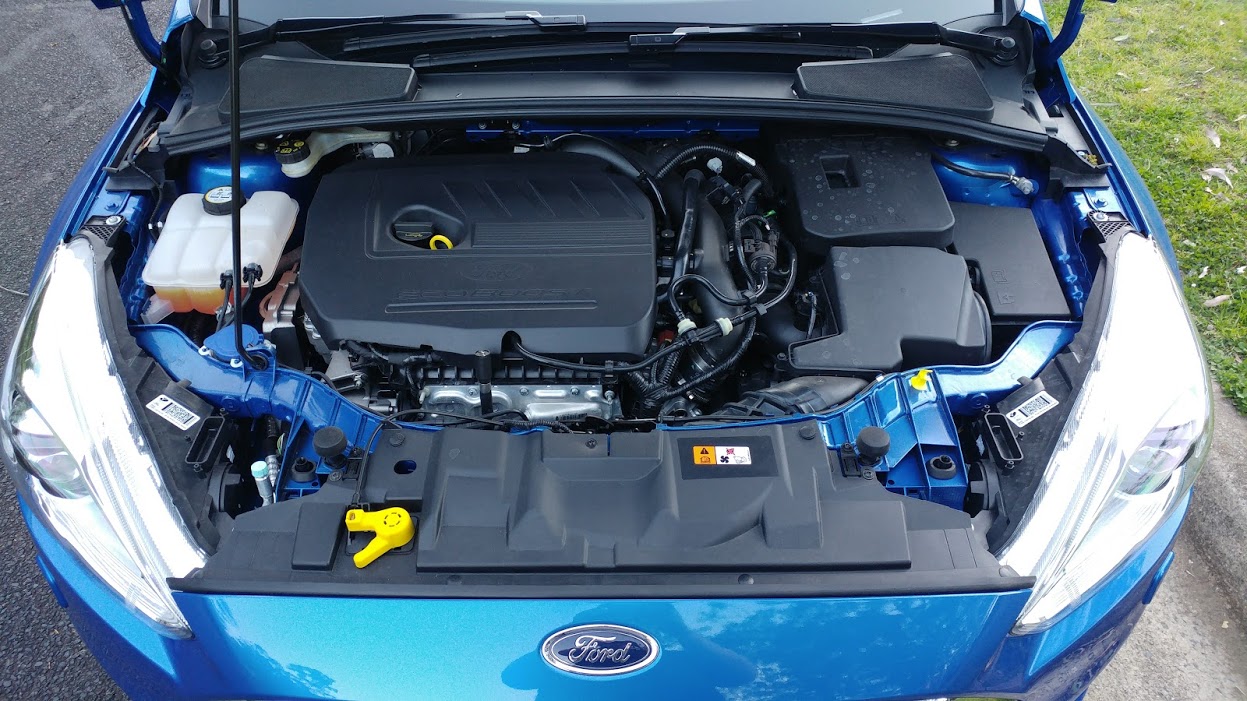
The sound, however, remains suitably impressive, but the drop-off in power does mean a bit of a longer delay to reach the 100kph mark from a dead start. With two of us in the car, we found that 0-100kph took about 8 seconds, and it was a bit quicker with just one, but not by much.
That said, when driving a car as a car, one doesn’t spend a lot of time worrying about how quickly it accelerates to 100, and more thinking about how it pulls away at the lights, how it handles at reasonable speed, and the enjoyment you get from driving.
Let’s take a look at the technology, and then our overall thoughts on the drive.
2016 Focus Tech Overview
2016 Focus Technology
The technology in the 2016 Focus is really split into two approximately equal parts; the Ford Sync 3 platform which powers all the in-car entertainment and navigation functions, and the general technology in the vehicle itself which is more focused on driver comfort and safety.
We’re going to take a look at both of these areas of the Focus, but bear this in mind: the discussion of the Ford Sync 3 platform will largely be applicable to other vehicles using the same in-car entertainment platform, which will include the 2016 Ford Ranger to be released next month. The driver safety features are more specific to the Ford Focus line, though of course, other vehicles may implement some or all of these features.
2016 Focus Ford Sync 3
Android Auto is just one part of the Ford Sync 3 package, which also includes Apple’s CarPlay, and its own very capable platform which is available by default, and doesn’t require anything additional.
Without adding your phone, Sync 3 gives you access to in-car navigation which we found surprisingly usable (having had some horrid experiences with built-in navigation before), an entertainment platform which beats everything I’ve used before with its inclusion of AM, FM, DAB+, Bluetooth Audio, and a CD player. This contrasts well with Holden’s 2016 entertainment platform which usually doesn’t include a CD player anymore, and it definitely doesn’t include DAB+ Digital Radio.
I found the inclusion of Digital Radio to be the real stand-out feature here (besides Android Auto). Gone is the fade-in / fade-out of standard terrestrial radio, and in its place is a crystal clear audio experience that just works. Of course, it’s not perfect — a visit to our local Westfield revealed that DAB+ doesn’t work too well in the parking garage — but probably about 95% of the time it works as expected; flawlessly. There are some other places, particularly in Sydney’s outer suburbs, where the DAB+ signal just isn’t very strong, and so the signal drops out from time to time, but I only really found this quite far out of the way.
When it comes to mobiles, once you pair your mobile phone (via Bluetooth) you get access to make and receive phone calls, and more, but let’s face it, most phones that you would pair today via Bluetooth can be tethered by USB to the Sync 3 platform to get access to Android Auto (or CarPlay) which is far more useful, and what we’ll look at next.
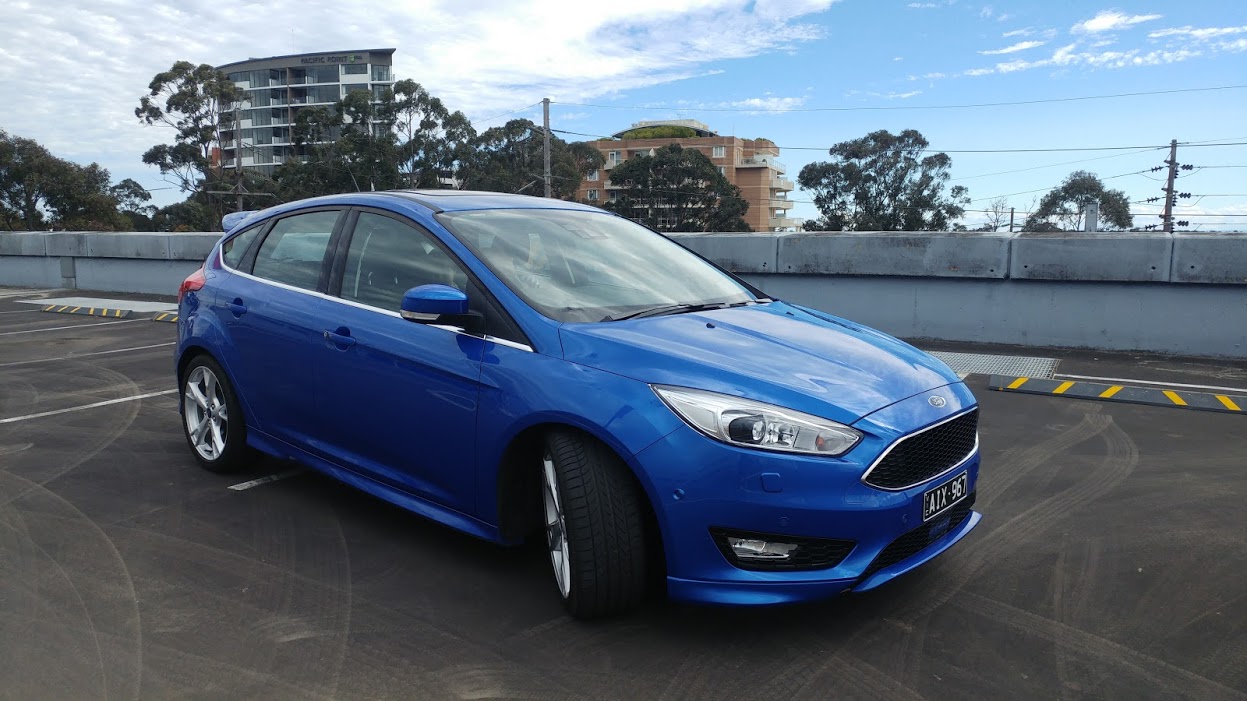
2016 Focus Android Auto
Like Android Wear, Android Auto is an adjunct to Google’s Android operating system, in that it relies on you having an Android mobile phone to make it work. Also like Wear, the experience of Android Auto is almost always going to be the same regardless of what car you use it in. Android Auto in the 2016 Ford Focus is the same as it is in Holden’s 2016 Captiva. It’s a generic platform, which OEMs (like Ford) really aren’t allowed to fiddle with much.
This is a good thing, because unlike the usual in-car entertainment experience, Android Auto is the same everywhere, and there’s no new idiosyncrasies to master.
Of course, it’s possible to integrate Android Auto well, and to do it poorly, and I’d have to say that Ford’s implementation is pretty good. Once your phone is plugged in, Android Auto will load automatically once you’ve set it up meaning that you’re not left fiddling with buttons and settings before you get on the road; just plug your phone in, Android Auto loads, and off you go.
There is a side-note here; you really need to use a good quality USB cable here. If you use a poor cable, you may find that Android Auto does not load consistently. Equally, some phones seem to work better with Android Auto than others. Samsung’s Galaxy S7 series work very well with Android Auto, never having issues, dropping out or refusing to start. LG’s G5, however, seemed to be far less reliable, starting up without issue most of the time but sometimes it just refused to work.
Once you’re in Android Auto, we’ve already talked about the experience previously, and our video above shows off the main features. However, for the uninitiated, you basically get access to the following:
- Google Maps for navigation, traffic and route planning. It works just as well as Google Maps on your phone, except it’s on display in your car and with an easy-to-use driving interface.
- Google Play Music, and other compatible music apps. Again, very easy to use, though sometimes you may find you have to stop driving to access the more advanced features (GPM especially will prompt you to stop driving to access playlists, for example).
- Making/receiving phone calls, either from your contacts list, or you can tell it what numbers to dial
- Notifications from SMS or Telegram, amongst others, which Android Auto will read out to you.
- Google’s voice control, which basically gives you access to the same features as ‘OK Google’, though not every single one. It’s very powerful, with commands like ‘Navigate home’, ‘What’s the weather like today’, ‘How long till I arrive’ and ‘Dial 131700’ all working very well.
2016 Focus Driver safety, and as a car
Once you get past the glitzy features which we — as a technology rag — like to talk about, you get to the part of the 2016 Ford Focus which is actually a car. Of course, it’s a bit more than that.
Ford’s 2016 Focus handles really well, with its low centre of gravity, slim-profile tyres and firm suspension making driving rather enjoyable. Bumps aren’t handled too well, though they are managed, but for that compromise you get a car that sticks to the road like glue, whether through hairpin curves at 45kph, or racing through twisty hills at closer to 100kph, I never had the feel that the Focus was losing its … focus.
For longer distance driving, the Ford Focus was brilliant; the driver safety features like lane guidance, radar-driven cruise control and collision avoidance were great fun and made driving on the freeway so much more enjoyable and safe. Losing concentration on a freeway can be risky, if you drift across lanes or too close to the car in front. With a few quick settings, the Ford Focus won’t let you do this, making your commute much safer.
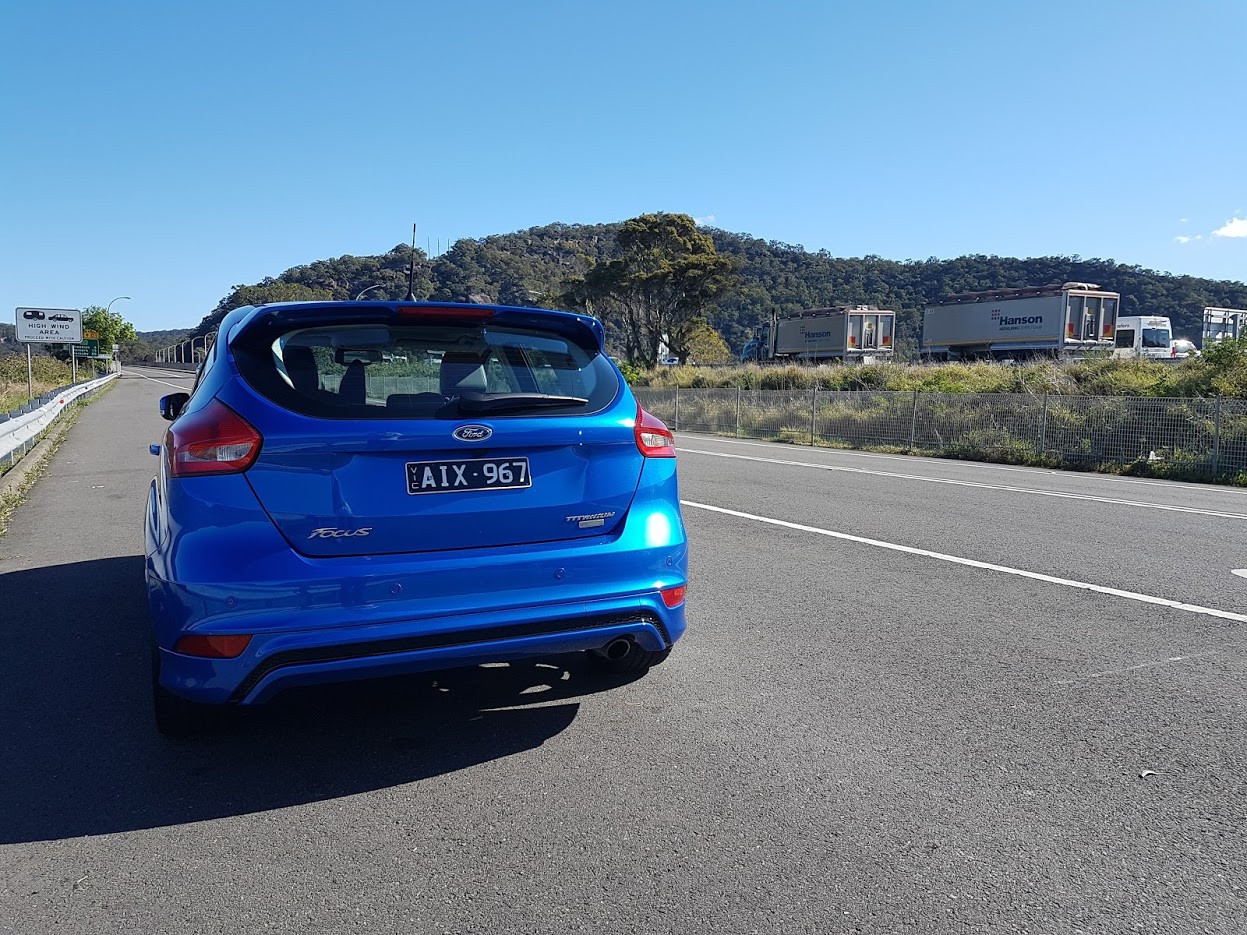
Even around town on the daily commute, the 2016 Focus is trying to help you out. When you stop at lights, the engine will cut out until you’re ready to go, saving you a little bit of fuel here and there. When you need to park in a ridiculous parking spot, the active park assist will help you do it, and if you prefer, the car can park itself leaving you just to hover your foot over the brake just in case.
This is not unique to Ford, or to the Focus, but it is a rather handy feature, parking the car in spaces that I didn’t think I’d confidently be able to park in.
Overall, we found the 2016 Ford Focus an absolute pleasure to drive, and the in-car entertainment options are second to none. The safety features are brilliant, and should be in every car these days, and in the coming year or so, they probably will be.
I can’t help feel that the mid $30k price for the Focus is a little dear, given it is just a hatchback, but it can quite comfortably seat four passengers (two adults in the front, two kids in the back) with enough gear for a day out. I wouldn’t recommend adults sit in the back for any great period — there just isn’t the leg room — but for kids, it’s mostly fine. Probably the only other issue is, being as close to the ground as it is, the Focus can be a little difficult to get into and out of quickly, especially if you’re a taller person like me.


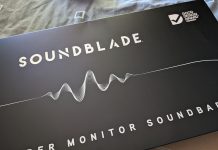

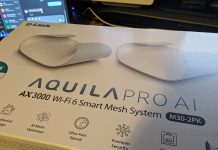
DAB+? Grrrr. Only useful if you live in a state capital. :^(
He said “with its inclusion of AM, FM, DAB+, Bluetooth Audio, and a CD player”.
Still has AM/FM.
Does it come with a spare wheel? Looked at a European ford a couple of years ago and they had no spare only a tire pando.
It had a spare wheel in the back under the floor covering. Wasn’t an alloy, just a steel, but I think it was a full-speed one, not an 80kph limited one.
Love this review! Great job Chris! I am actually considering this car in the Sport level. Just a fun good looking car will be plenty for me and all the Android Auto goodness to go with it.
My dads picking up his Sport some time this week. He was originally going to get a Sync 2 model then they said he could get a Sync 3 for the same price. He’s had to wait a few months though.
You’ll both love it. Wouldn’t recommend it for families with two kids or more, there’s just not really enough room, especially for older kids. With my 8 and 3 year old in, there was enough room, but only just.
Good article, Chris. It’s good to see you guys cover Android Auto as well as talk about the car. It is a pity to read that the LG G5 was having issues with the system as that’s the phone I got but hopefully it will be resolved by an software update
It had issues sometimes and not others, but it had the same issues in a different vehicle, so it’s definitely the phone, not the Ford.